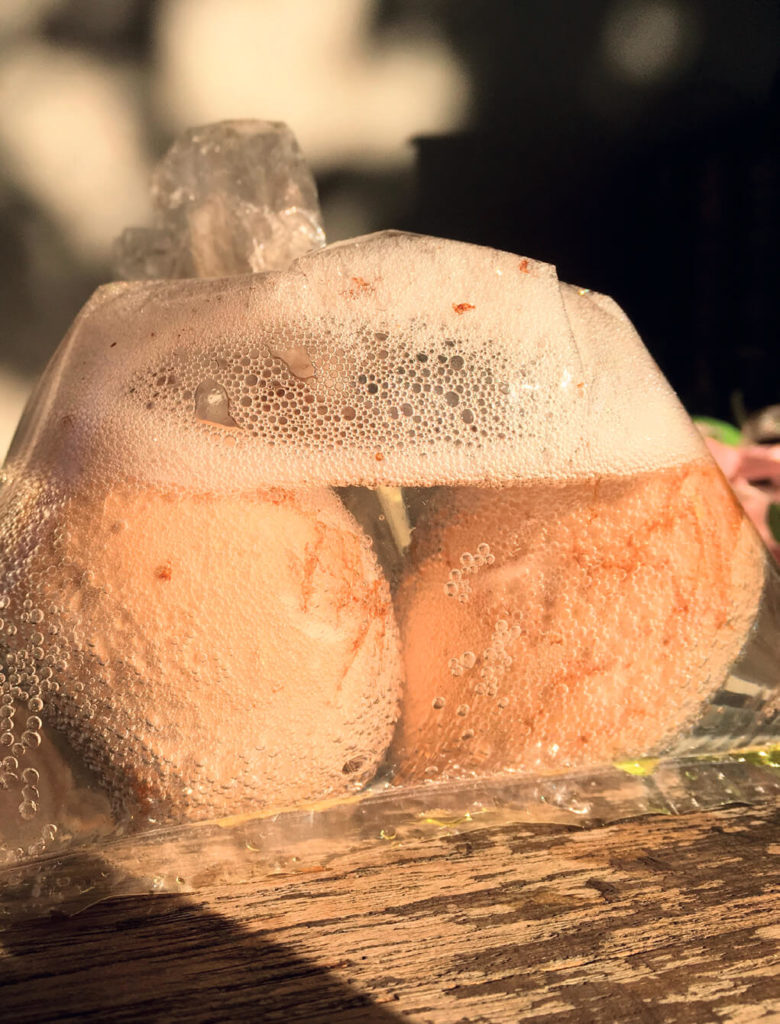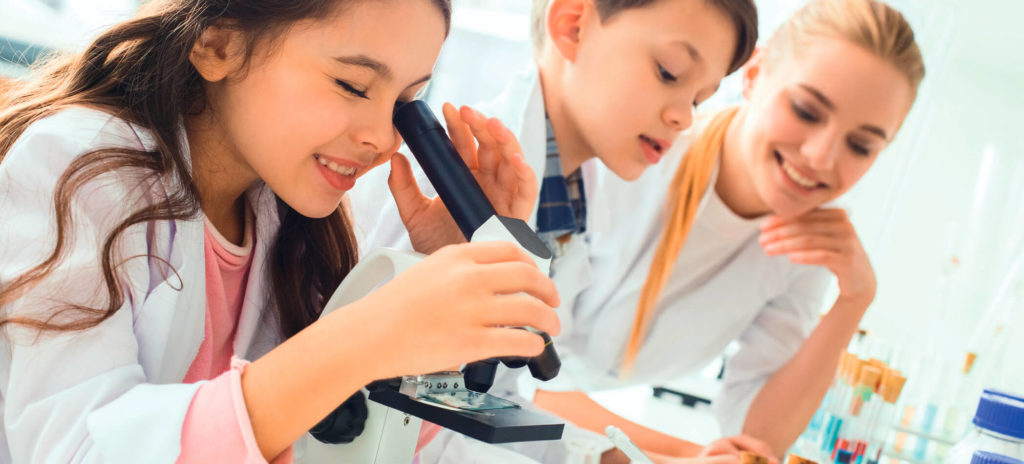"Let your food be medicine and medicine be food"
Hippocrates, an ancient Greek physician
Healthy eating is not only important for our well-being, but can literally save us from a number of diseases. As we all know, junk food is the cause of many diseases - heart disease, obesity, brittle bones, high blood pressure and many other diseases. Let's now check what you like to eat. To do this, fill in the worksheet in the task.
Learning activity 1:
"What do I like to eat" experiment
WORKSHEET 1
Write in the table below the food you like to eat and the food you don't like.
| I LOVE TO EAT: | I DON'T LIKE TO EAT: | .................................................................................... | .................................................................................... |
|---|---|
| .................................................................................... | .................................................................................... |
| .................................................................................... | .................................................................................... |

Learning activity 2.
Experiment "What do I eat during the day?"
Model what is on your plate for breakfast, lunch and dinner. To do this, use the images in Worksheet 2. Make a poster with three plates and products to eat. Write down what time you have breakfast, lunch and dinner.
WORKSHEET 2
Model what your plate is full of:
| MY BREAKFAST PLATE | MY PLATE AT LUNCH | MY PLATE FOR DINNER |
|---|---|---|
Meal time …………………………………………………………………………………………………………………………… ………… ..
Drinks I consume …………………………………………………………………………………………………………………………

Introduce your classmates to the patterns you have made for your meal. Discuss with the teacher what needs to be changed in the menu and what to keep. Organize a competition for the healthiest daily menu.
Learning activity 3:
Experiment "What happens to my teeth when I drink fizzy drinks?"
WORKSHEET 3
1. Make a guess (hypothesis) about what happens to your teeth when you drink fizzy drinks.

| HYPOTHESIS | ................................................................................................. |
|---|
………………………………………………………………………………………………………………………………………………………………………………………………………………………………………………………………………………………………………………………………………………………………………………………………………………………………………………………………………………………………………………………………………………………………………………………………………………………………………………………………………………………………………………………………………………………………………………………………………………………………………………………………………………………………………………………………………………………………………………………………………………………………………………………………………………………………………………………………………………………………………………………………………………………………………………………………………………………………………………………………………………………..
2. Let's test your hypothesis!
- Put one egg in a glass of clean water.
- Put another egg in a glass of soda.
- Leave the eggs in the cups for 24 hours.
- Describe what happened to the two eggs and compare them.
- Compare their shell, color and more.
OBSERVATION RESULTS:
……………………………………………………………………………………………………………………………………………………………………………………………………………………………………………………………………………………………………………………………………………………………………………………………………………………………………………………………………………………………………………………………………………………………………………………………
3. Let's make a conclusion!
- Compare your hypothesis with the results obtained.
- Make a conclusion about the effect of carbonated drinks on teeth.

Learning activity 4:
Test "What are my eating habits?"
| STATEMENTS | YES | NO | I CAN NOT DECIDE |
|---|---|---|---|
| I usually eat slowly | |||
| My family and I eat at the table together | |||
| I participate in shopping and cooking at home | |||
| I usually eat in front of the TV | |||
| I usually watch a tablet or play games on the phone while eating | |||
| I eat a variety of foods for breakfast, lunch and dinner | |||
| At home we use food as punishment or reward |
Discuss the results with your classmates. Make a plan for healthy eating habits. Introduce it to your family.









